Lieniitte
TPF Noob!
- Joined
- Apr 22, 2015
- Messages
- 22
- Reaction score
- 1
- Can others edit my Photos
- Photos OK to edit
What advice can anyone give about not making photos of people look flat because of the lighting, when I live in a place where it rains like 230-260 days a year and most of the dry ones are cloudy? I have a very cheap external flash, but I do not have a softbox and while I do plan on getting a better flash sometime in the next few months, can't do that just now. The one I have somehow makes images have a weird red tint (not all the time, but enough) and it sometimes glitches and just starts flashing very brightly like 10 times a second and that could prove dangerous if anyone with epilepsy or something like that happens to be near and I don't want to cause any problems.
I plan on doing a lot of photography this month, learning new things. This month is the driest of the year here, but it doesn't mean there will be a lot of sun. I mainly take photos of people. So any advice would be appreciated!
I plan on doing a lot of photography this month, learning new things. This month is the driest of the year here, but it doesn't mean there will be a lot of sun. I mainly take photos of people. So any advice would be appreciated!


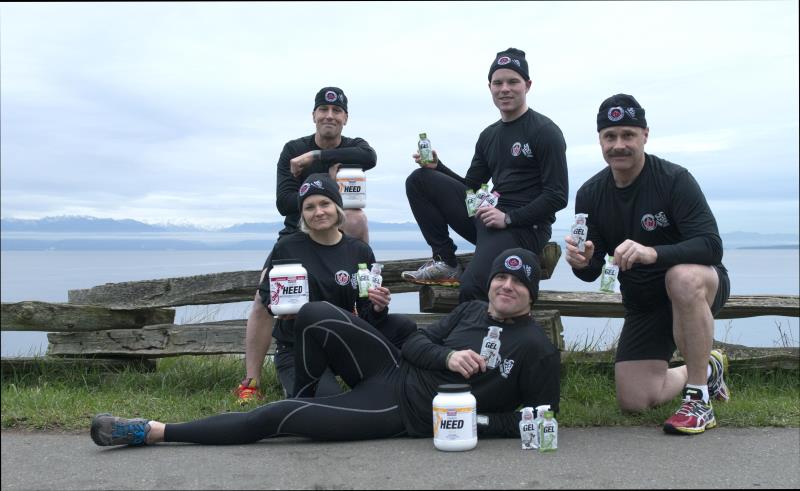
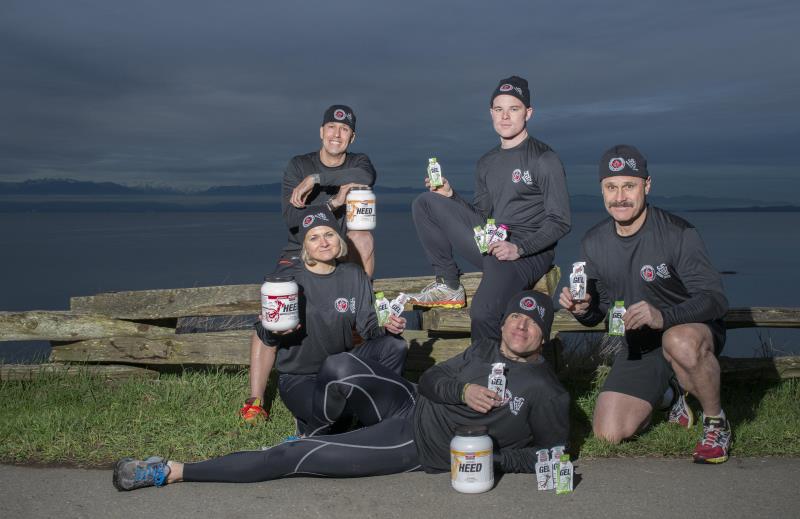
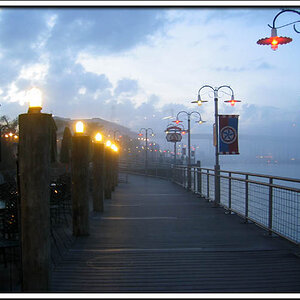
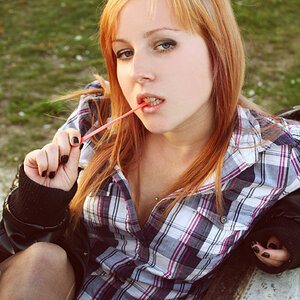
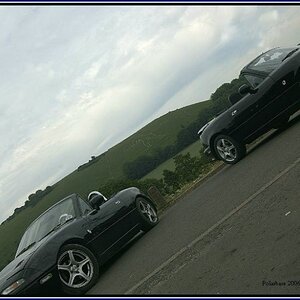
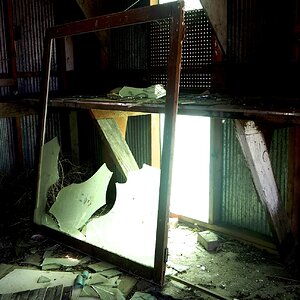
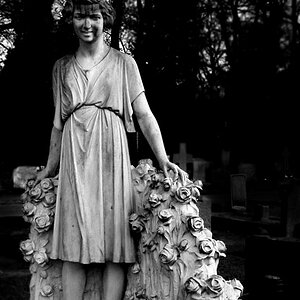
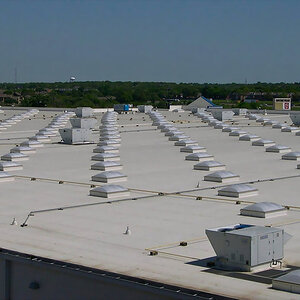
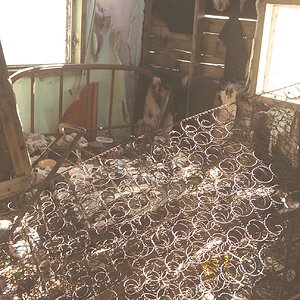

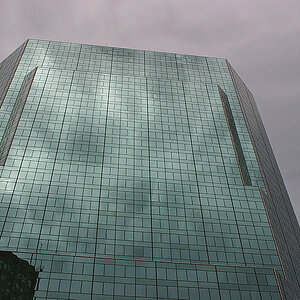

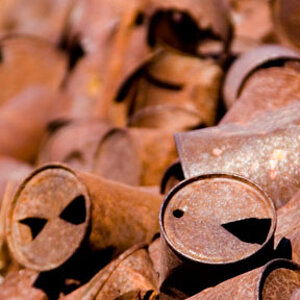
![[No title]](/data/xfmg/thumbnail/32/32172-e383665a8becbae2d9a6b61359dae22e.jpg?1619735234)